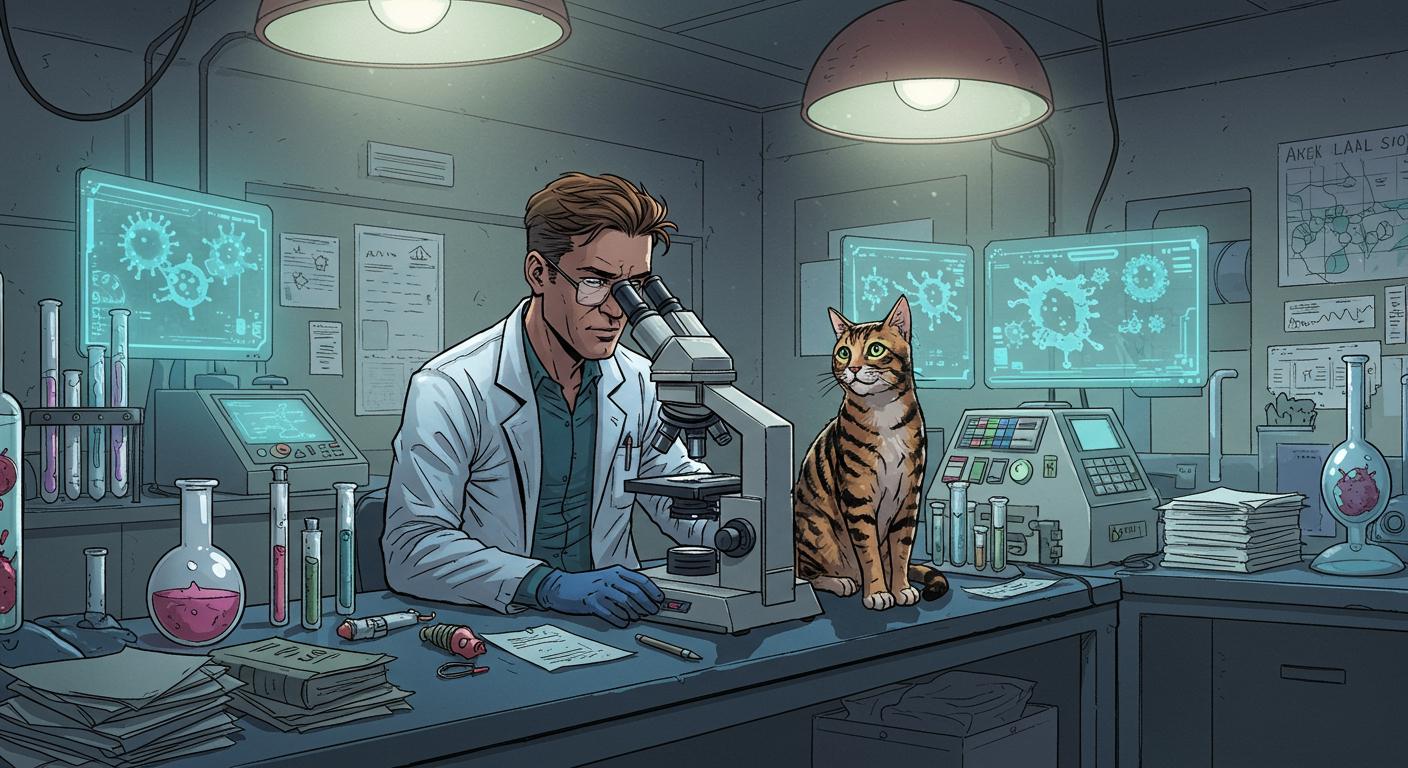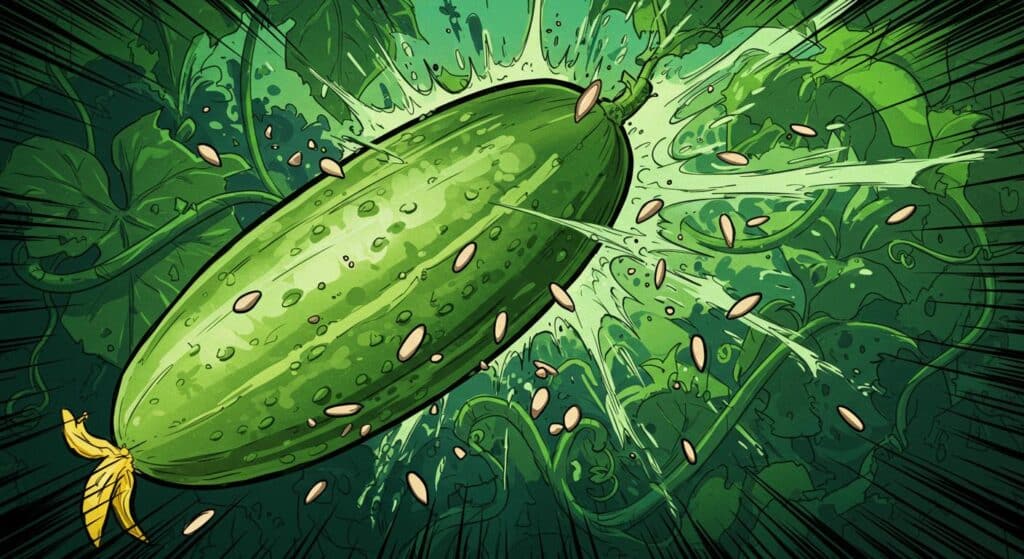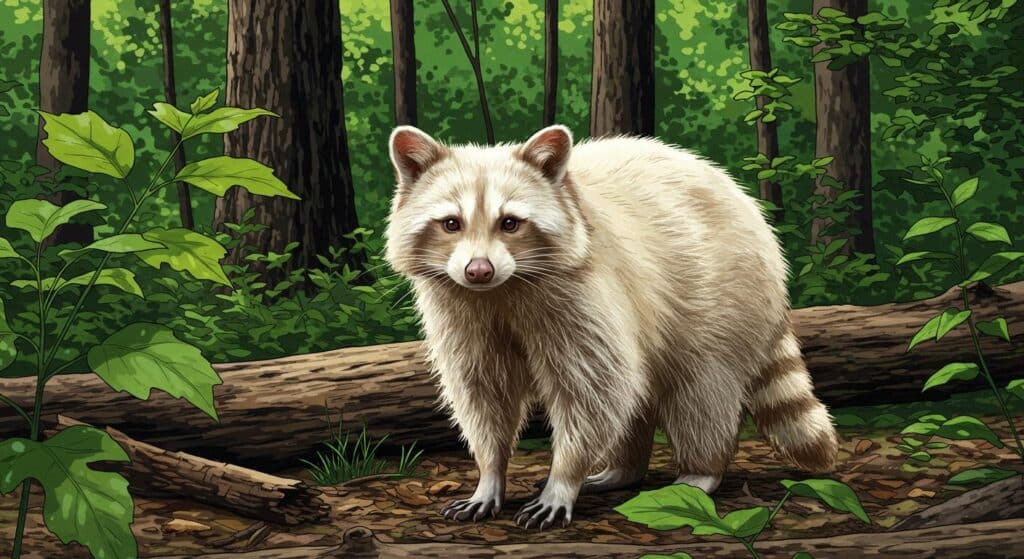It’s a story at the crossroads of accidental science, feline mischief, and the thrill of viral discovery: Pepper the cat, already something of a legend in virological circles, has done it again. As Live Science documents, this Gainesville-based mouser—owned by University of Florida virologist John Lednicky—has delivered another unexpected “specimen,” leading researchers to identify a completely new strain of orthoreovirus. That’s twice now that Pepper has shaken up the lab with his hunting prowess, and if there’s ever a Hall of Fame for accidental animal assistants, he’s a shoo-in.
From Backyard Trophies to Virological Breakthroughs
Pepper’s story reads a little like the plot of an indie comedy—quirky but oddly plausible if you’ve spent time around cats or virologists. The catch this time? A deceased Everglades short-tailed shrew, delivered with the nonchalance only a cat in Florida could muster. As chronicled by the University of Florida Health newsroom, Lednicky, ever the opportunistic scientist, didn’t just toss the casualty aside. Instead, he brought it to the lab. After all, as Lednicky put it to UF Health, “if you come across a dead animal, why not test it instead of just burying it? There is a lot of information that can be gained.”
Lab testing revealed that the shrew was harboring something that had, until then, eluded human notice: a brand-new strain of orthoreovirus—now officially dubbed Gainesville shrew mammalian orthoreovirus type 3 strain UF-1. UF Health reports that the complete genomic coding sequences for the virus were published in Microbiology Resource Announcements. The paper’s lead author, Emily DeRuyter, a UF Ph.D. candidate in One Health, commented that “mammalian orthoreoviruses were originally considered to be ‘orphan’ viruses, present in mammals including humans, but not associated with diseases. More recently, they have been implicated in respiratory, central nervous system and gastrointestinal diseases.”
As Zamin notes, orthoreoviruses were first identified in the 1950s and, for a long time, considered harmless—a reputation that now seems a bit outdated in light of growing evidence.
Should We Worry About Orthoreoviruses?
At first glance, orthoreoviruses have all the makings of a low-buzz microbe: little public notoriety, a vague history, and only scant reports of human illness. But they’re not to be dismissed outright. Live Science details that although rare, there is evidence tying these viruses to encephalitis and meningitis in children, as well as gastrointestinal upsets. Orthoreoviruses, first discovered in the 1950s, can spread through feces or airborne droplets and typically infect the respiratory or intestinal tracts of their hosts, according to the outlet.
Lead author DeRuyter puts it in perspective in the UF Health statement: not enough is yet known to warrant panic. Science is still in the “collecting clues” stage—tracking the virus’s spread, evaluating its impact on animals and humans, and considering its unpredictably adventurous gene-mixing habits. Lednicky noted, as quoted by Live Science, that given the right conditions for surveillance, “if you look, you’ll find, and that’s why we keep finding all these new viruses,” hinting at a viral world far larger than most people imagine.
Zamin adds that these findings are prompting serious research among biologists and virologists, further underscoring how even seemingly innocuous viruses can surprise us.
The Accidental Sleuths of Science
There’s something satisfyingly ironic about all this: highly trained scientists, million-dollar equipment, and long hours spent sequencing genomes, and yet the hero of the story is a cat indulging his basic instincts. Pepper’s contribution is far from a one-off. Both UF Health and Live Science recall that his earlier mouse catch led to the identification of the first U.S. jeilongvirus just last year—a double-header in the accidental research assistant game.
This recurring theme of curiosity meeting random chance is familiar to anyone who sifts through historical oddities. Sometimes, the most important discoveries begin not in carefully orchestrated studies, but in the unpredictable messiness of the world itself. How many “orphan” stories are out there, waiting to be found—if only one looks (or has a cat willing to look for them)?
Unanswered Questions (and a Very Healthy Cat)
Of course, the questions outnumber the answers. As Live Science details, nearly identical orthoreoviruses have shown up in deer in the U.S., farmed mink in China, and lions in Japan—a pattern that has some experts speculating about animal feed as a possible conduit. Are there more novel pathogens hiding in plain sight, awaiting detection by the next feline field technician?
For the moment, research is focused on serology and immunology studies, with UF Health highlighting that the goal is to gauge whether this strain poses risks to humans, wildlife, or pets. DeRuyter and Lednicky both stress the need for more research to unravel the bigger story behind these newly identified viruses.
And for those with a soft spot for the real MVP of this tale: UF Health notes that Pepper, despite his prolific hunting and viral sleuthing, remains in perfect health, apparently none the worse for his extracurricular forays.
It’s a story that, in its wry blend of happenstance and expertise, says as much about the process of discovery as it does about the world’s capacity for surprise. And it does make you wonder: with so many viruses and so many cats, just how much of science rests on the chance that someone will notice the unexpected—and have the curiosity to look a little closer?







